Spice has been a sought after commodity for centuries, adding heat, depth and flavor to a dish. Certain cuisines around the globe value and utilize spiciness better than others; from hints of zest to a deeply punishing burn that lasts for hours. Regardless of whether you enjoy a touch of a piquant flavor or you’re one to prove you can take the hottest that mother nature can come up with, here are a few of the most delicious spicy dishes from 10 areas around the globe.
Jamaican Jerk Chicken is the most internationally well-known Caribbean dish and for good reason. It is believed to have originated in the 1700s when some escaped African slaves brought to the island by British colonialists hid in the mountains along with the native population also seeking refuge there. They hunted wild boar and preserved the meat for days in a spicy marinade. It was then wrapped in leaves and cooked in the ground. Ingredients have since evolved and the meat is specifically supposed to be cooked over the wood from the pimento tree. The marinade itself includes allspice berries which also come from the pimento tree and Scotch-bonnet peppers to ensure a serious dose of heat. Other ingredients depend on the chef but can include ginger, green onions, thyme, garlic, or other types of peppers.
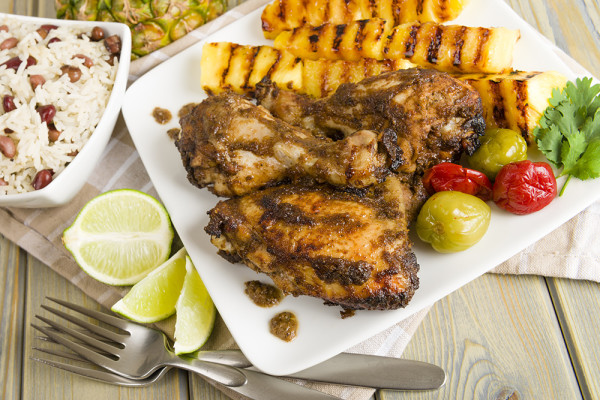
Chicken wings are a much loved snack around the United States; from bar food to football games and all type of parties. The flavors range from sweet and tangy, to complex and burning hot. Chicken wings were once considered the most undesirable part of the bird but one popular account points to a family-run bar in Buffalo, New York as inventing the “Buffalo Chicken Wing”, and the city even declared an official wing day beginning in 1977. Desire for this dish exploded across the country and most can agree that the spiciest version is now the Suicide Chicken Wing. A mixture of Tabasco sauce, dried chili peppers with the seeds left in plus fresh chili peppers make this dish unbelievably spicy.
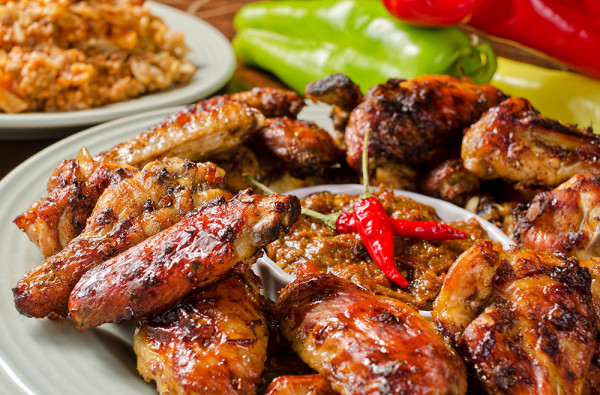
Camarones a la Diabla hails from Mexico and as the name itself means Deviled Shrimp it is a given that this meal is seriously spicy. Popular along much of Mexico’s coasts, it combines three chilies, guajillo, arbol and chipotle. Garlic, tomatoes and onions are also commonly added. For those who can’t take the triple threat, sometimes only guajillo chiles are used plus ketchup or Worcestershire sauce for other flavor options.
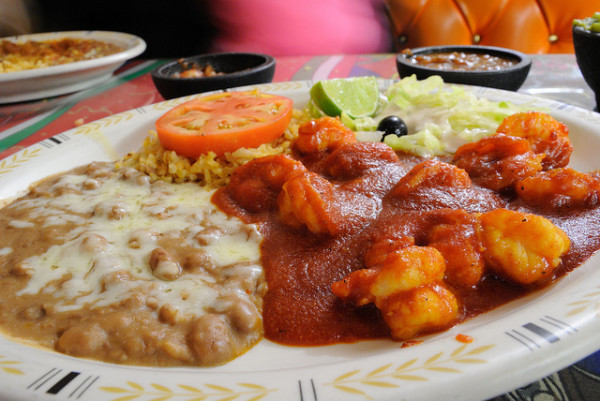
Creole Cau Cau is a Peruvian tripe stew served with rice. It gets its potency from the aji amarillo, a yellow chili very popular in Latin cuisine. The tripe is mixed with potatoes, onions, garlic, and tumeric and then sprinkled with mint. Besides tripe, other meat options are available including chicken and seafood, but no matter the protein option, it will certainly leave the tongue burning.
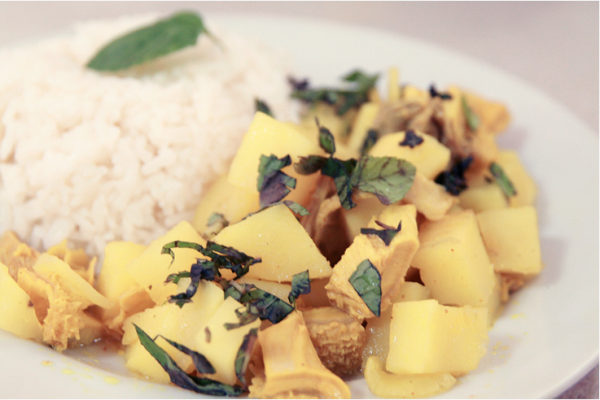
Doro Wat is a very popular traditional Ethiopian chicken stew. Ethiopians love food with some heat and most dishes get it from berbere, a bright red blend of spices such as dried and toasted red chili, cinnamon, cloves, ginger, basil, dried onions, dried garlic and salt. Wat is rich and spicy and as with many Ethiopian dishes, eaten with Injera bread as a utensil. The stew is usually cooked over several hours to truly allow the flavors to form.
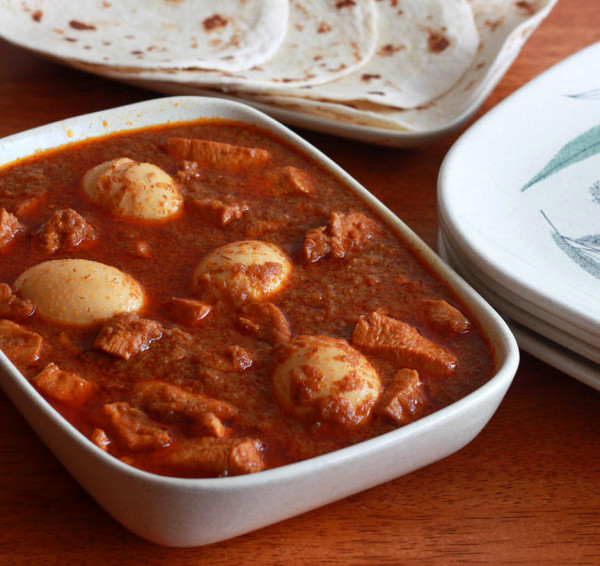
Vindaloo is a spicy Indian curry that can feature different meats such as chicken or pork. The dish originates with the Portuguese who brought the dish with them to Goa when it was a popular trading port. It was originally a red wine and vinegar meal but as adapted by the Indians, became a richer curry. What makes the dish so incredible is the use of Bhut Jolokia, also known as the ghost pepper, the hottest chili in the world.
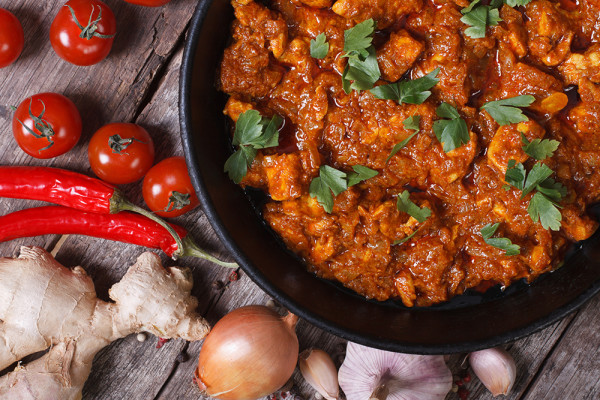
The Sichuan Hot Pot is the perfect Chinese dish to share among family and friends especially in cold winter months. It is believed it originated with poor fisherman along the Yangtze River who could not afford expensive cuts of meat so boiled cheaper pieces, specifically offal, internal organs and entrails, in a very spicy broth. Sichuan cuisine is known to be very spicy because of the abundant use of the Sichuan peppercorn and this dish ranks among the spiciest. Now a wide variety of meat options are used from thinly sliced beef, to meat balls, pork, chicken, fish, shrimp and squid plus mushrooms, bean sprouts, bok choy and watercress for vegetable options.
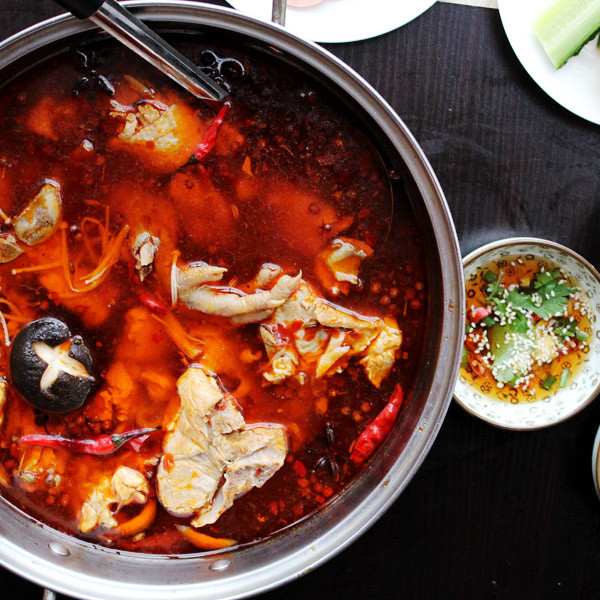
Kimchi Jjigae is the perfectly modern Korean stew; it is easier to prepare than traditional Korean meals with multiple dishes as it is one delicious pot, plus it utilizes leftover kimchi so nothing goes to waste. As kimchi ages it becomes more sour which can make it less enjoyable, but this stage is the perfect time to utilize it in this soup. Most recipes call for pork belly as the main protein along with tofu. Gochujang is a popular Korean fermented spice packed with red chilies and what gives the soup its unrelenting punch.
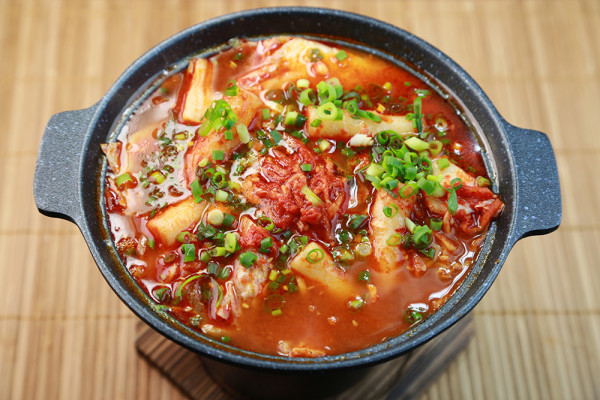
Tom Yum is a fragrant spicy and sour soup originating in Thailand. It can feature chicken and seafood plus quite the variety of aromatic ingredients including lemongrass, lime juice, kaffir lime leaves, fish sauce, cilantro, and galangal, a root vegetable that looks similar to ginger. A good dose of Thai chili peppers are also utilized as Thai people generally love spice in their food.
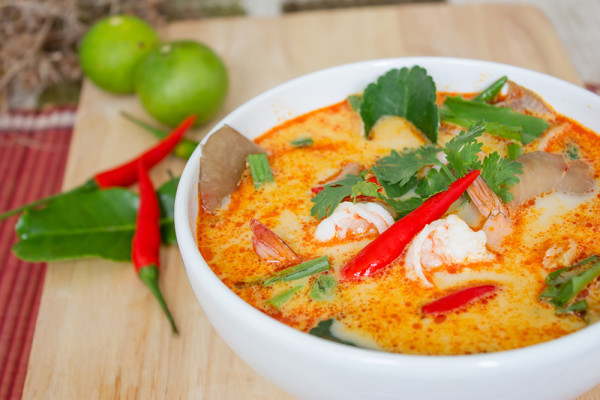
Otak-Otak is a popular street food in Indonesia, Malaysia, and Singapore. It is a very spicy fishcake that is either steamed in a banana leaf or grilled in a coconut leaf. It’s name literally means “brains” due to its mushy and soft texture. Minced fish is blended with lots dried chilies, shrimp paste, known as belacan, galangal, coconut milk plus other seasonings and spices.
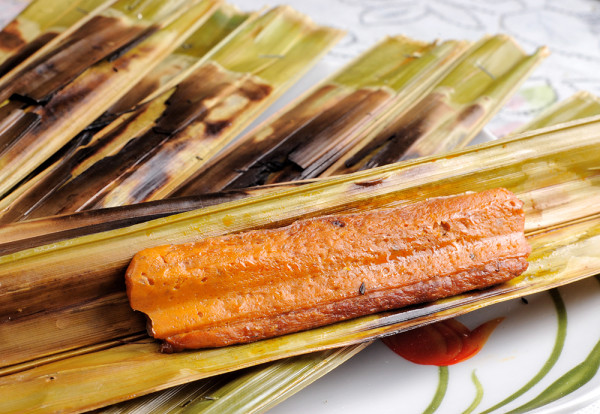
Spicy foods have been enjoyed and eaten around the globe for centuries. As a means to help preserve food, mask unappealing cuts of meat, or help regulate one’s body temperature, it has served an array of purposes. Beyond the practicality, humans love to test the limits of just how much heat we can handle.

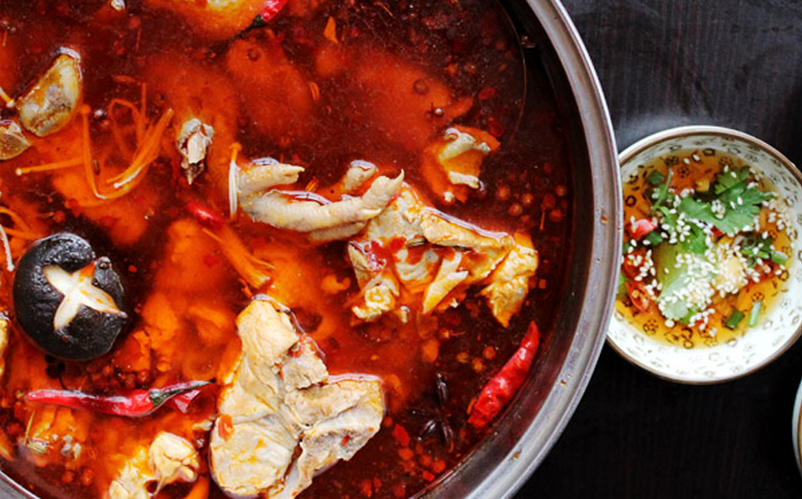









Leave a reply